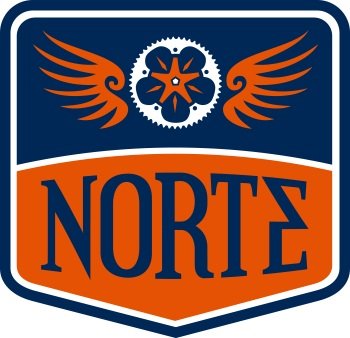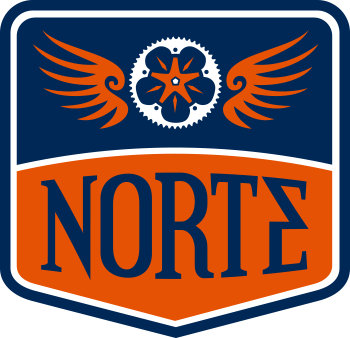Social-emotional Learning: The Basics
Social-emotional learning prioritizes the “soft” skills that don’t have a place on standardized tests but have long-term effects on student social. Designed to help students manage strong emotions, navigate difficult social situations, and build healthy relationships, SEL has earned a place in many preschool and elementary school curriculums across the US and worldwide.
What is Social-emotional Learning?
SEL programs in schools focus on five core competencies in early education environments. Lesson plans and daily activities are designed to identify feelings and overcome disagreements. Students don’t learn these skills naturally, and while most children do develop these skills through social play and school settings, those who fall behind are at a disadvantage. Undeveloped social skills can pose learning barriers and negatively affect interpersonal relationships.
The Foundations of SEL
The CASEL framework was developed over two decades ago and focuses on these five skills.
Self-awareness
SEL helps students identify their emotions and understand how they may impact decision-making.
Social-awareness
This skill empowers students to empathize with their peers.
Responsible decision-making
Students develop the ability to make ethical decisions about their behavior and the consequences of their actions.
Self-management
Students learn to manage their emotions, impulses, and stress.
Relationships skills
Children develop the ability to create and maintain healthy relationships with their social circle.
The Benefits of Social-emotional Learning
Research shows that consistent and structured social-emotional learning activities positively impact student success socially and academically. Critically, the SEL framework has demonstrated consistent results across socioeconomic backgrounds and demographics. This positions SEL activities as an effective tool for many communities and learning environments.
Read more: Rural Communities - Challenges and Opportunities
Putting It Into Practice
While early education and schools provide the most structured SEL lessons, social-emotional learning is valuable in supporting kids at home and in any social environment.
Social-emotional Learning in Schools
Like any well-developed teaching method, SEL in schools is usually taught using a tiered structure to support a range of abilities.
Tier One - The standard program is taught to students receptive to instruction.
Tier Two - This tier addresses the unique needs of students challenged by program standards. They may also be at increased risk of social problems and low academic achievement.
Tier Three - Students with consistent behavior problems or counseling needs often need more intensive support with SEL lesson planning. They may also receive additional instruction outside of class activities shaped by SEL.
SEL at Home
Social-emotional learning is more impactful when parents and teachers work together. Parents can share successful emotional habits with educators, such as noting that their child can self regulate by counting to ten or mindful breathing. Parents can also use SEL fundamentals during normal play or specific games to bring the benefits of SEL home.
On the Bike, Too!
Cycling is an excellent way to put the SEL framework into practice. We encourage students to think positively, work together, and manage their expectations as they build their riding skills. Most in-school balance bike sessions start with positive affirmations and integrate self-regulation techniques. Contact our School Coordinator (and former teacher!) Abbey Kaufman to learn more.
Learning on Two Wheels
There are many ways to develop social and emotional skills. Successful educators know that the best lessons account for multiple learning styles and personalities, and bike programs certainly play a role in delivering that message in a fun, unique way. For over a decade, Norte Youth Cycling has offered bike programs to thousands of kids in northern Michigan. Learn more about out work and consider donating today.


